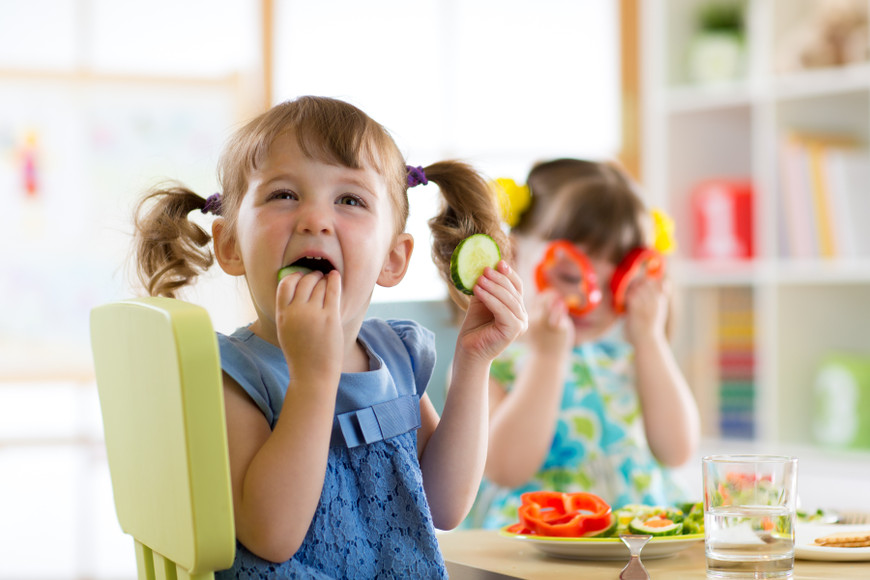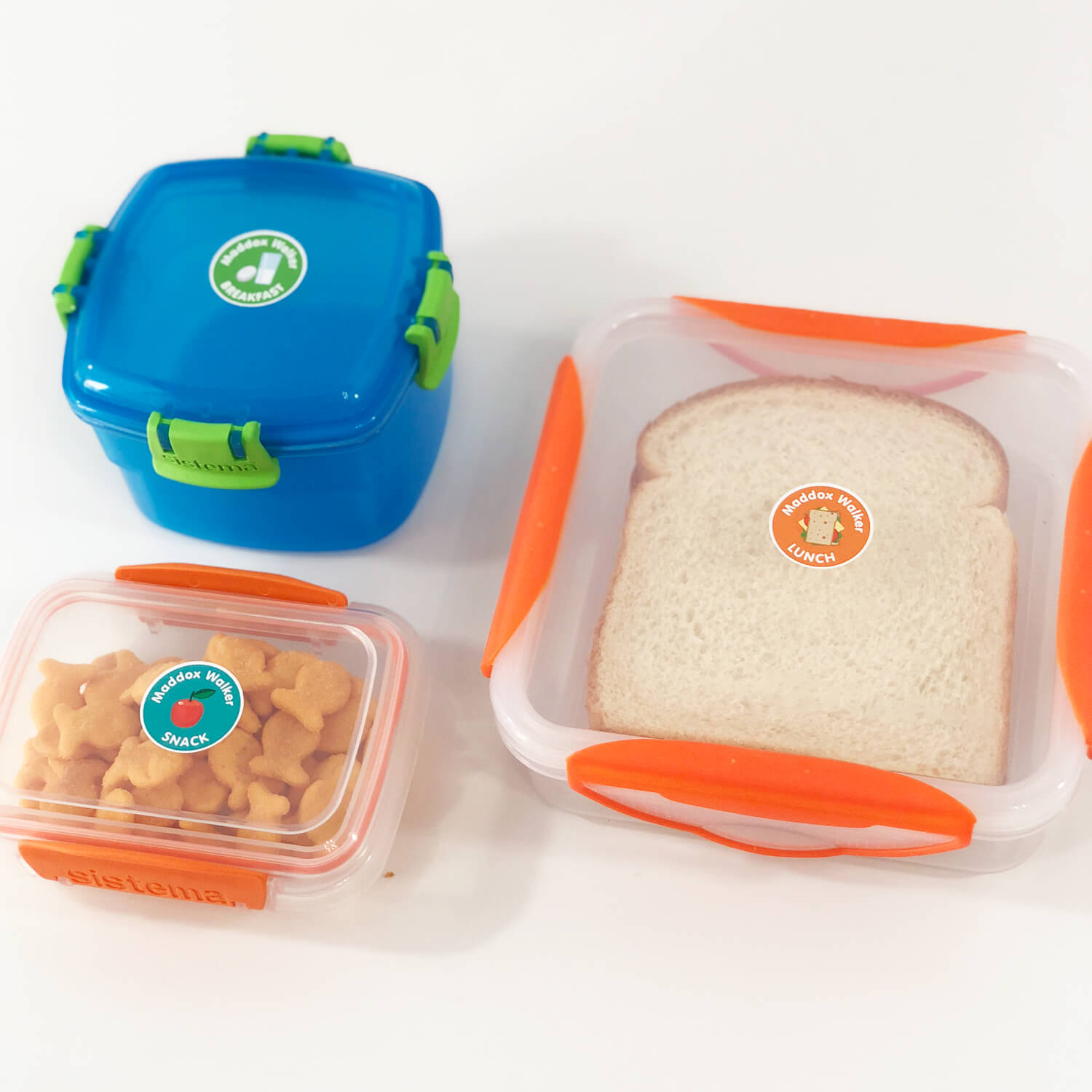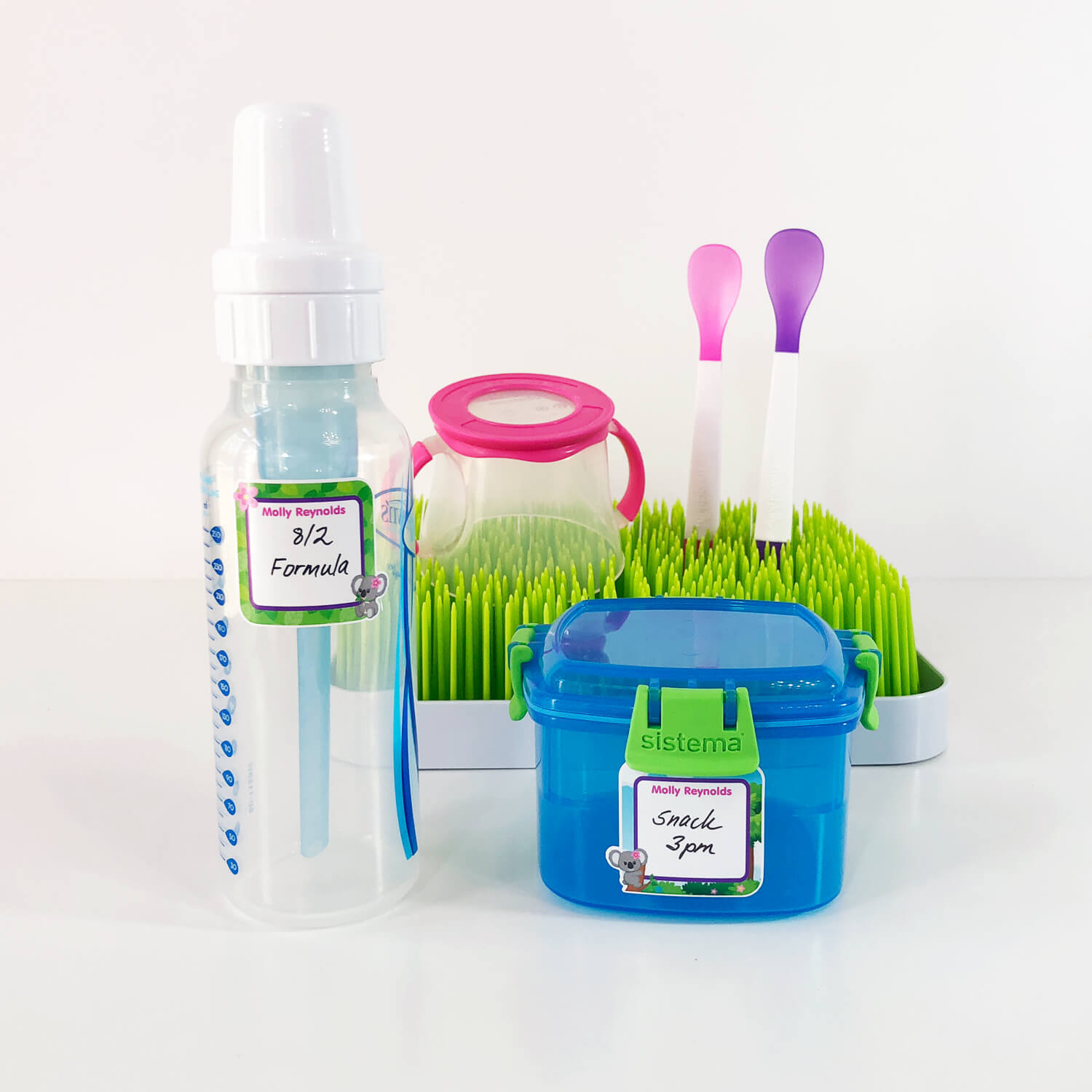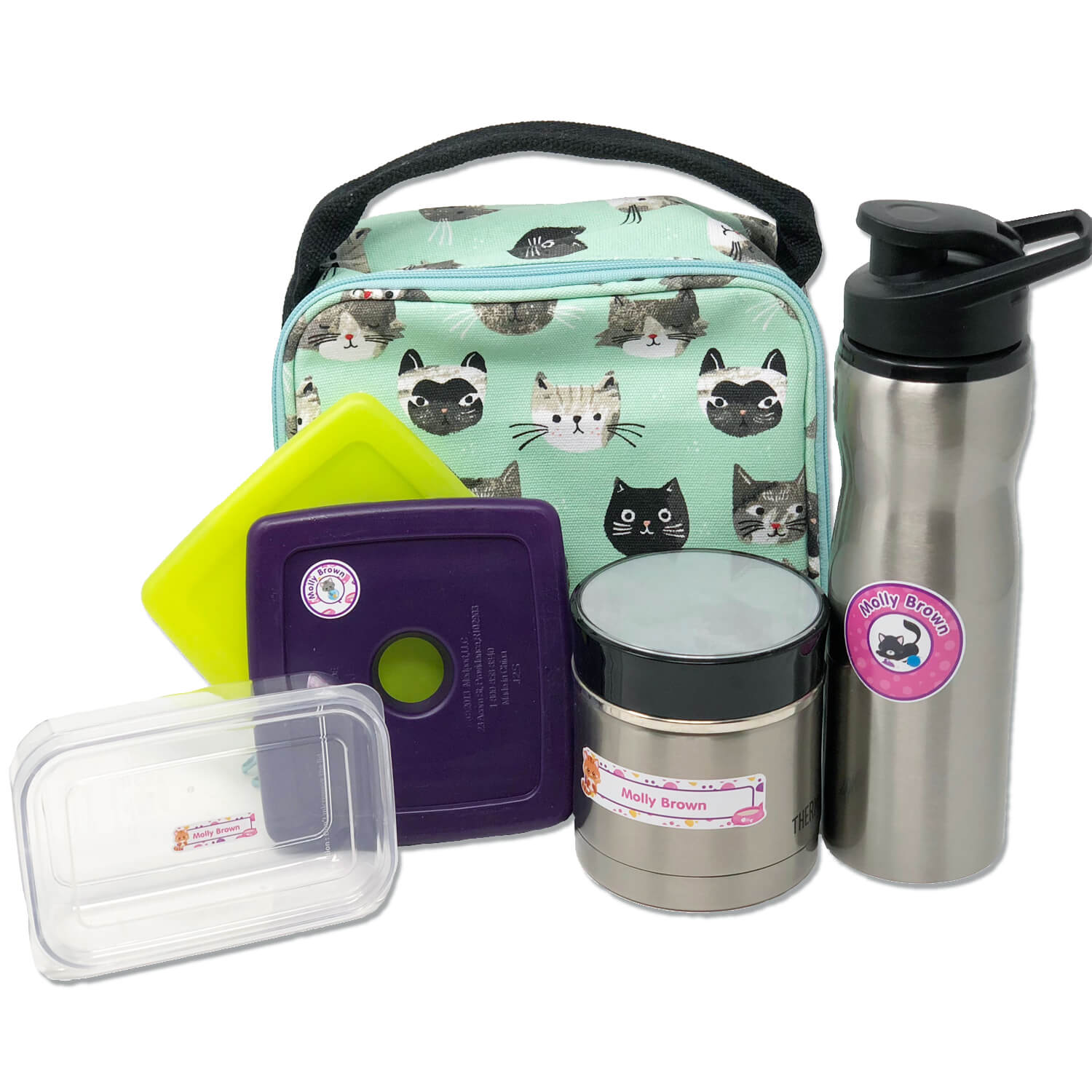The Hidden Science Behind Why Smaller Portions Work for Children
Child nutrition experts agree: most parents serve portions 2-3 times larger than appropriate for their child's age. Understanding proper child portion sizes is crucial for developing healthy eating habits and reducing picky eater behaviors.
The Stomach Size Reality Check
- Ages 2-3: Tennis ball size
- Ages 4-6: Baseball size
- Ages 7-10: Softball size
- Adult: Football size
When we serve adult-sized portions to children, we're overwhelming their digestive capacity before they even start eating.
Why Smaller Portions Create Success
Research shows children eat 25% more when served larger portions, but report feeling less satisfied and more anxious. Appropriate portion sizes for toddlers create:
- Sense of accomplishment when finished
- Reduced mealtime anxiety for children
- Better appetite regulation
- Increased willingness to try new foods
Simple Food Swaps That Work
Burgers → Sliders
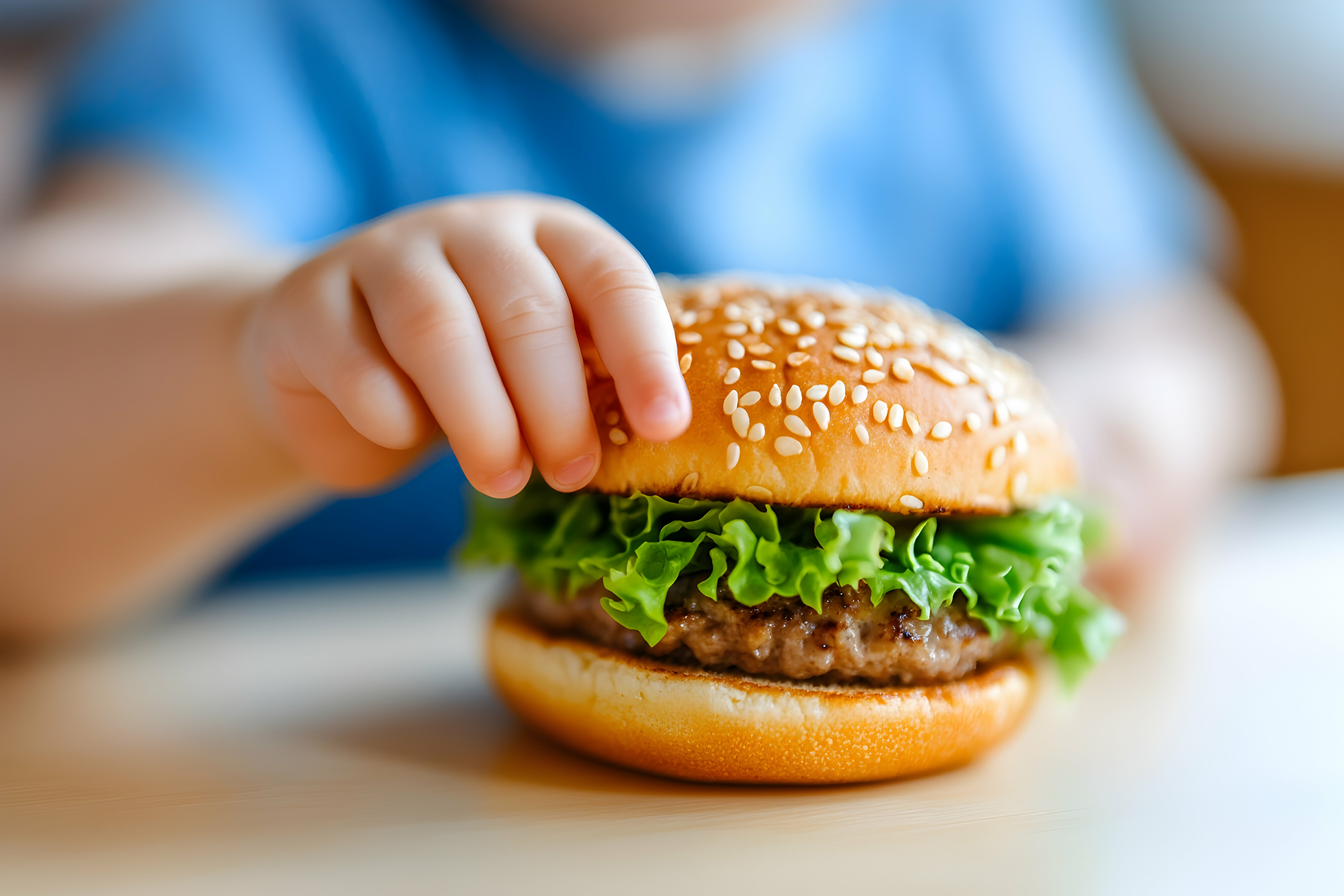
- Perfect for small hands
- Less intimidating presentation
- Easy to customize with different toppings
- Serve 1-2 sliders instead of one large burger
Regular Tacos → Street Taco Portions
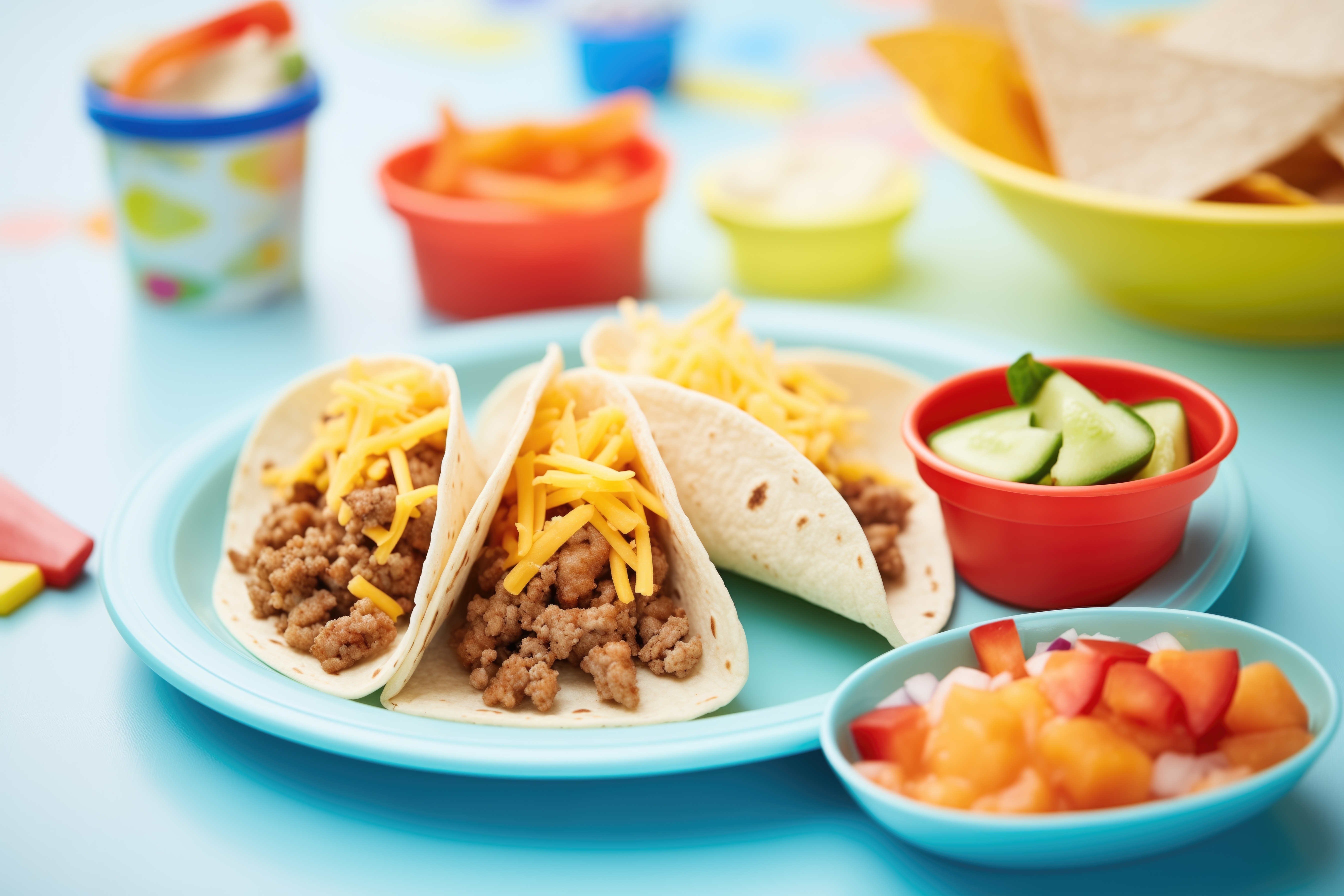
- Smaller tortillas (4-6 inches) are easier to handle
- Less mess and frustration
- More interactive eating experience
- Offer 2-3 small tacos instead of one large
Large Pancakes → Silver Dollar Size
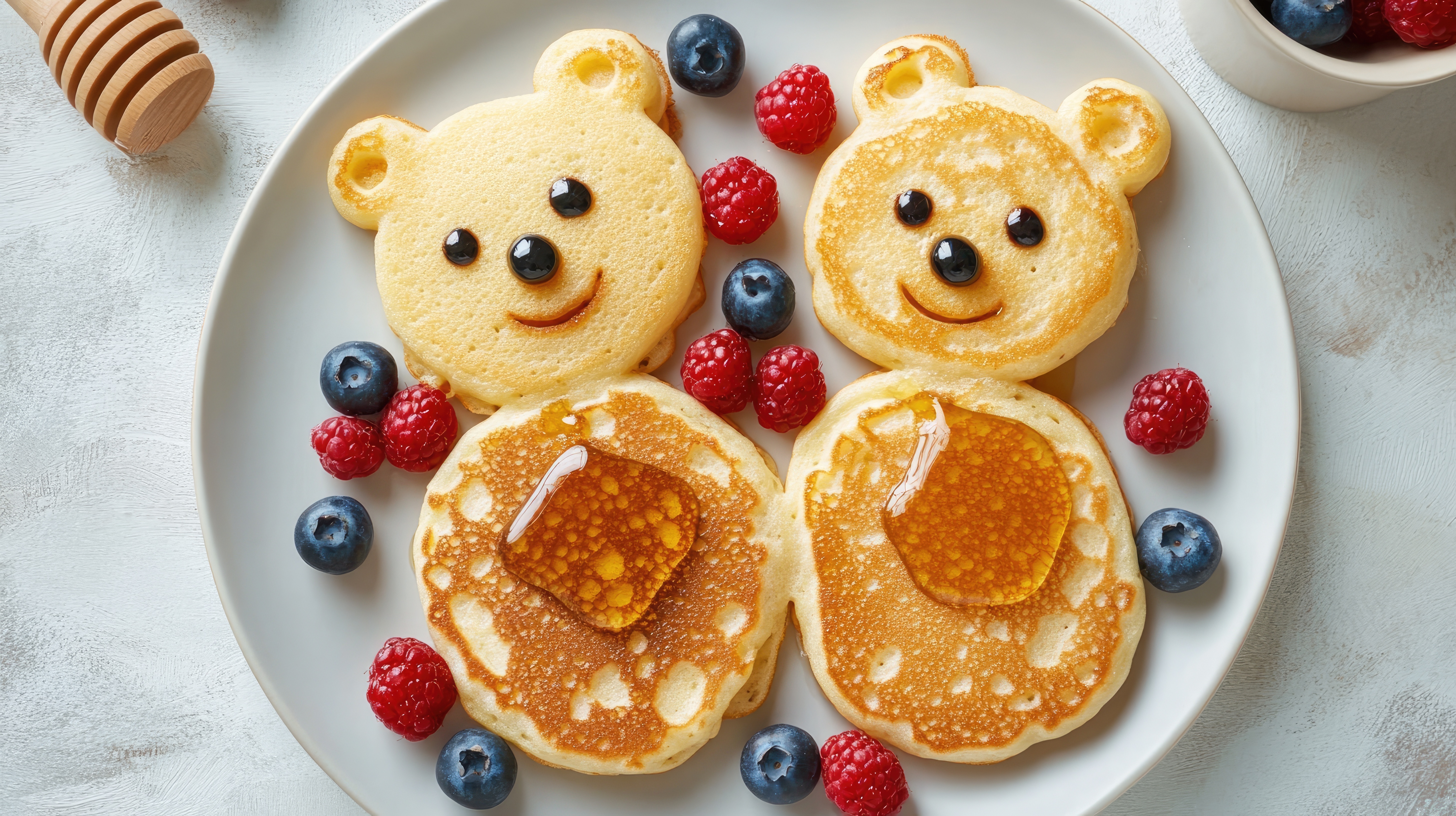
- Bite-sized and manageable
- Children feel accomplished eating several
- Perfect for developing fine motor skills
- Serve 4-6 mini pancakes instead of 2 large ones
Research-Backed Portion Guidelines for Children
- Fruits/Vegetables: 1 tablespoon per year of age
- Proteins: 1 tablespoon per year of age
- Grains: 1/4 to 1/2 adult serving
- Dairy: 1/2 to 3/4 cup depending on age
Meal Prep Success Strategies for Busy Parents
Smart Organization with Waterproof Labels:
- Use waterproof labels that survive dishwasher cycles
- Meal time labels for kids with breakfast, lunch, dinner, snack, snack-am, and snack-pm options help organize daily meals
- For meal prep containers for children, write-on labels are perfect for dating containers and noting contents
- Daycare lunch organization becomes easier with clearly labeled containers
- Add heating instructions for caregivers
Container Recommendations:
- Toddler meal prep containers (1-3 years): 4-6 oz containers
- Preschooler lunch containers (3-5 years): 6-8 oz containers
- School age lunch organization (5-12 years): 8-12 oz containers
Special Considerations for Food Allergies
Critical Safety Labeling:
- Child's name and emergency contact
- Specific allergens to avoid
- Emergency action plan summary
- Use allergy alert labels on all food containers
Food allergy management for children becomes safer with smaller portions that reduce cross-contamination risk and help caregivers identify safe foods quickly.
Daycare and School Lunch Success
What Childcare Providers Need:
- Daycare lunch labels with child's name and contents
- Appropriate portion sizes children can finish
- Easy-to-open containers promoting independence
- School lunch organization labels for back-to-school meal prep
Professional Tips for School Lunch Success:
- Use school supply labels for lunch boxes and containers
- Kindergarten lunch prep requires extra-clear labeling
- Include heating instructions if applicable
- Elementary school lunch organization works best with compartmentalized containers
Building Long-Term Success
The Foundation (Ages 2-5):
- Honor "I'm full" statements
- Offer seconds if requested
- Avoid "clean plate club" mentality
- Model appropriate portions yourself
Your 30-Day Implementation Plan:
- Week 1: Document current portions, gather meal prep organization supplies
- Week 2: Reduce overwhelming portions by 25%
- Week 3: Apply child portion control strategies to more meals
- Week 4: Establish sustainable family meal prep systems
The Bottom Line
The goal isn't to restrict eating, but to provide age-appropriate portion sizes that set children up for success, confidence, and healthy eating habits for kids that last a lifetime. When children can finish their portions, confidence builds, natural appetite regulation in children develops, and stress-free family mealtimes become the norm.
Ready to organize your child's meals? Start with our waterproof meal time labels featuring breakfast, lunch, dinner, and snack options, plus write-on date labels perfect for meal prep containers.
About the Author: Dodie is the founder of Sticky Monkey Labels, a mom-owned business in Little Rock, Arkansas. As a mother of three sons – two with food allergies and one with special needs – she understands the daily challenges of feeding children with special dietary needs. Since 2011, she has helped thousands of families stay organized with durable, waterproof labels for kids that survive everything children can dish out.

